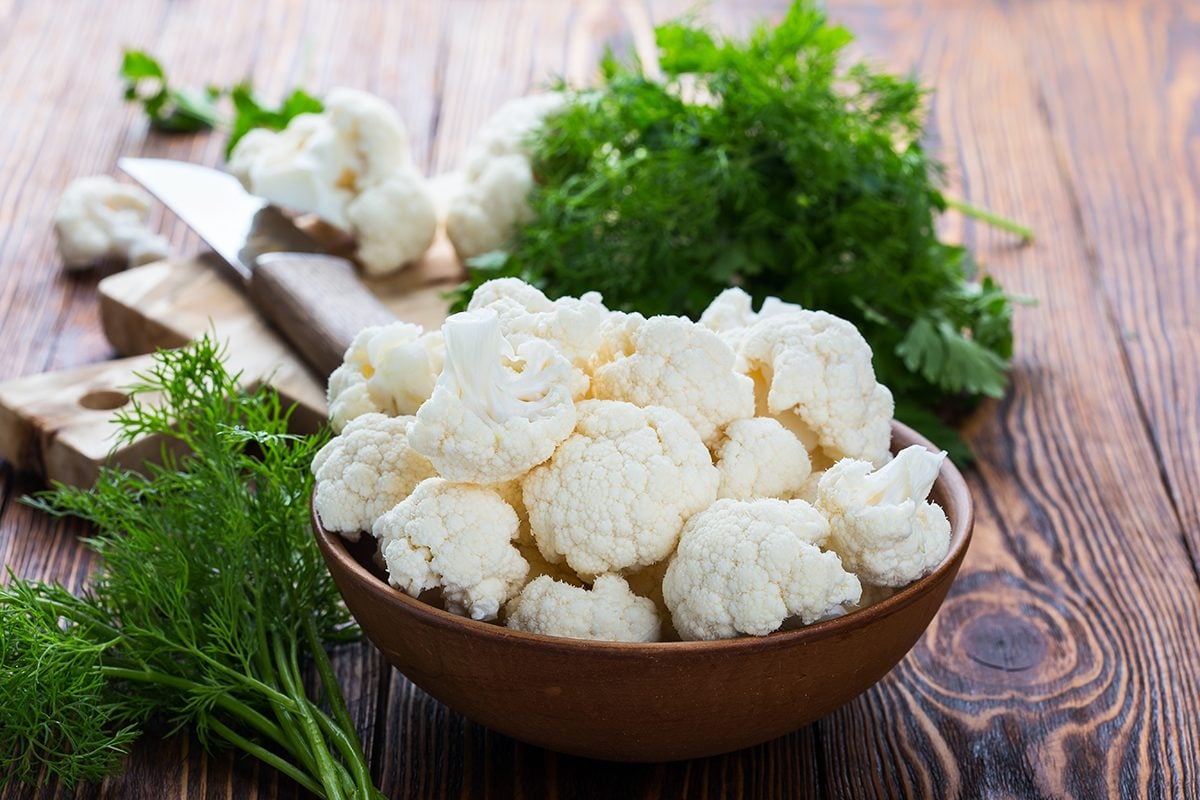

Articles
How To Store Cauliflower
Modified: February 28, 2024
Discover the best ways to store cauliflower and keep it fresh for longer with these helpful articles. Learn the proper techniques for storing cauliflower and maximize its shelf life.
(Many of the links in this article redirect to a specific reviewed product. Your purchase of these products through affiliate links helps to generate commission for Storables.com, at no extra cost. Learn more)
Introduction
Welcome to this comprehensive guide on how to store cauliflower. Cauliflower is a versatile and nutritious vegetable that is enjoyed by many people around the world. Whether you grow your own cauliflower or purchase it from a local market, proper storage techniques are essential to keep it fresh and delicious for as long as possible.
In this article, we will discuss the steps involved in storing cauliflower, including choosing the freshest cauliflower, preparing it for storage, and various methods of storage such as refrigeration, freezing, and pantry storage. By following these guidelines, you can extend the shelf life of your cauliflower and minimize waste.
So, let’s dive in and learn how to keep your cauliflower fresh and tasty for an extended period of time.
Key Takeaways:
- Choose firm, creamy white cauliflower heads for longer shelf life. Trim, rinse, and dry thoroughly before storing. Refrigerate for short-term use, freeze for long-term preservation, or pantry storage for convenience.
- Get creative with roasted cauliflower, soups, cauliflower rice, mashes, and pizza crusts. Regularly check stored cauliflower for spoilage. Enjoy the versatility and health benefits of this nutritious vegetable!
Read more: How To Store Cauliflower Rice
Choosing Fresh Cauliflower
When it comes to storing cauliflower, selecting fresh and high-quality cauliflower is crucial. Here are some tips to help you choose the best cauliflower for storage:
- Appearance: Look for cauliflower heads that are firm, compact, and have a creamy white color. Avoid cauliflower with brown spots, soft spots, or any signs of discoloration.
- Size: Opt for cauliflower heads that are medium to large in size. Smaller heads tend to spoil faster.
- Weight: Choose cauliflower that feels heavy for its size. This indicates that it is densely packed and has a higher water content, which contributes to its freshness.
- Leaves: Check the leaves surrounding the cauliflower head. They should be vibrant green and free from wilting or browning.
- Stems: Examine the stem of the cauliflower. It should be sturdy and have a fresh, crisp appearance. Avoid cauliflower with a dried-out or mushy stem.
- Seasonality: Consider purchasing cauliflower during its peak season, which is typically in the fall and winter. Cauliflower harvested during its peak season tends to be of better quality and has a longer shelf life.
By following these guidelines, you can ensure that you select the freshest and highest-quality cauliflower for storage, which will ultimately contribute to its longevity and taste.
Preparing Cauliflower for Storage
Before storing cauliflower, it is important to properly prepare it to prolong its shelf life. Follow these steps to prepare cauliflower for storage:
- Trim the leaves: Start by removing any green leaves attached to the cauliflower head. These leaves can wilt and promote spoilage, so it’s best to discard them.
- Rinse: Rinse the cauliflower head under cold running water to remove any dirt or debris. Gently rub the surface of the cauliflower to ensure thorough cleaning.
- Dry: After rinsing, pat the cauliflower head dry with a clean kitchen towel or paper towels. Excess moisture can lead to rot, so make sure the cauliflower is thoroughly dry before storing it.
- Cut into florets (optional): If you prefer to store cauliflower florets instead of the whole head, you can cut the cauliflower into smaller pieces. Simply remove the stem and divide the cauliflower into bite-sized florets.
Once you have prepared the cauliflower, it is ready to be stored using various methods, depending on your preferences and the available storage options.
Next, we will explore the different methods of storing cauliflower, including refrigeration, freezing, and pantry storage, so you can choose the most suitable method for your needs.
Storing Cauliflower in the Refrigerator
Refrigeration is one of the most common and effective methods of storing cauliflower. Follow these steps to store cauliflower in the refrigerator:
- Wrap in a plastic bag: Place the whole cauliflower head or cauliflower florets in a plastic bag. Seal the bag tightly, ensuring it is airtight to reduce exposure to moisture.
- Store in the crisper drawer: Put the sealed plastic bag containing the cauliflower in the crisper drawer of your refrigerator. The crisper drawer provides a cooler and more controlled environment, which helps to maintain the freshness of the cauliflower.
When stored properly in the refrigerator, cauliflower can typically last for up to 1-2 weeks. However, keep in mind that cauliflower may start to deteriorate after a week, so it is best to consume it as soon as possible for the best flavor and texture.
It’s important to note that cauliflower has a tendency to absorb odors from other foods, so try to keep it away from strong-smelling items like onions, garlic, and certain fruits.
If you have cut cauliflower florets, you can store them using the same method mentioned above. However, it is recommended to consume them within 3-4 days to ensure optimal freshness.
Refrigeration is an ideal method for short-term storage, but if you want to prolong the shelf life of cauliflower even further, freezing is another option to consider. Let’s explore how to freeze cauliflower in the next section.
Freezing Cauliflower
If you have an abundance of cauliflower or want to extend its shelf life beyond a few weeks, freezing is an excellent option. Follow these steps to freeze cauliflower:
- Blanching: Start by blanching the cauliflower. Blanching helps to preserve the texture, color, and flavor of the cauliflower. To blanch, bring a pot of water to a boil and add the cauliflower florets. Blanch them for 2-3 minutes, then transfer them to an ice bath to stop the cooking process.
- Drain and dry: After blanching, drain the cauliflower florets and pat them dry to remove excess moisture. This step is crucial to prevent ice crystals from forming during freezing.
- Packaging: Place the blanched and dried cauliflower florets into resealable freezer bags or airtight freezer-safe containers. Squeeze out any excess air before sealing to prevent freezer burn.
- Label and freeze: Label the freezer bags or containers with the date and contents. Place them in the freezer in a flat and organized manner for easy storage and retrieval.
When properly frozen, cauliflower can maintain its quality for up to 10-12 months. However, it is recommended to consume it within 6 months for the best taste and texture.
Using frozen cauliflower is also convenient as it eliminates the need for extensive preparation. You can directly use frozen cauliflower in soups, stir-fries, curries, and other cooked dishes. However, keep in mind that frozen cauliflower may have a slightly softer texture compared to fresh cauliflower.
Now that you know how to freeze cauliflower properly, let’s explore an alternative method of pantry storage for those who prefer not to use refrigeration or freezing.
Store cauliflower in a perforated plastic bag in the refrigerator’s crisper drawer. It will stay fresh for up to a week. Avoid washing before storing to prevent moisture buildup.
Read more: How To Store Cut Cauliflower
Blanching Cauliflower Before Freezing
Blanching cauliflower before freezing is a crucial step that helps to preserve its quality, color, and texture. Follow these steps to blanch cauliflower before freezing:
- Prepare an ice bath: Fill a large bowl with ice and cold water. This will be used to quickly cool down the blanched cauliflower and stop the cooking process.
- Trim and wash the cauliflower: Remove any leaves and tough stems from the cauliflower head. Rinse the cauliflower florets under cold running water to remove any dirt or debris.
- Boil water: Fill a large pot with water and bring it to a rolling boil. Make sure there’s enough water to submerge the cauliflower florets completely.
- Add cauliflower to the boiling water: Carefully add the cauliflower florets to the boiling water. Blanch smaller florets for approximately 3 minutes and larger florets for 4-5 minutes. The blanching time may vary slightly depending on the size and thickness of the florets.
- Transfer cauliflower to the ice bath: Using a slotted spoon or tongs, remove the blanched cauliflower from the boiling water and immediately transfer them to the ice bath. This rapid cooling will help retain the crispness and vibrant color of the cauliflower.
- Cool and drain: Allow the cauliflower to sit in the ice bath for the same amount of time as the blanching process. Once cooled, drain the cauliflower florets thoroughly.
- Packaging: Place the drained cauliflower florets in airtight freezer bags or containers. Squeeze out any excess air and seal the bags or containers tightly.
- Label and freeze: Clearly label the bags or containers with the date and contents. Place them in the freezer, ensuring they lie flat for efficient storage.
Blanching cauliflower before freezing helps to preserve its flavor and texture while also preventing the growth of enzymes that can cause deterioration. When properly blanched and frozen, cauliflower can last up to 10-12 months in the freezer.
Now that you know how to blanch cauliflower before freezing, you can enjoy the convenience of having this nutritious vegetable readily available in your freezer for use in various dishes.
Storing Cauliflower in the Pantry
If you prefer not to use refrigeration or freezing, storing cauliflower in the pantry is an alternative option. Here are the steps to properly store cauliflower in the pantry:
- Choose the right location: Find a cool and dry area in your pantry where the temperature remains relatively consistent. Avoid storing cauliflower near sources of heat, sunlight, or high humidity.
- Remove leaves: Trim the green leaves from the cauliflower head, ensuring that only the florets remain.
- Inspect for damage: Examine the cauliflower for any signs of damage or spoilage. Remove any discolored or soft parts as they can contribute to the deterioration of the whole head.
- Wrap in a paper towel: Gently wrap the cauliflower head in a slightly dampened paper towel. The paper towel helps to absorb excess moisture and maintain the cauliflower’s freshness.
- Place in a breathable bag: Put the wrapped cauliflower in a perforated plastic bag or a paper bag. This allows air circulation and prevents moisture buildup.
- Store in a cool spot: Find a cool spot in your pantry, away from other produce, and place the cauliflower in an upright position. Ensure that there is enough space around it for proper ventilation.
- Check regularly: Keep an eye on the cauliflower and inspect it for signs of spoilage, such as mold or a strong odor. Use it as soon as possible to prevent any waste.
When stored properly in the pantry, cauliflower can usually stay fresh for up to 1 week. However, it’s essential to remember that pantry storage may not provide the same longevity as refrigeration or freezing methods.
Using cauliflower stored in the pantry is a convenient option for quick meal preparations or when refrigeration or freezing is not available. However, it’s important to keep in mind that the shelf life of cauliflower stored in the pantry is shorter, so plan accordingly to consume it in a timely manner.
Now that you know how to store cauliflower in the pantry, you can enjoy the convenience of having this versatile vegetable easily accessible for your culinary creations.
Using Up Stored Cauliflower
Now that you have stored cauliflower using various methods, it’s time to explore some delicious ways to use it up and enjoy its flavors. Here are a few ideas to inspire your culinary creations:
- Roasted Cauliflower: Preheat your oven to 425°F (220°C). Toss cauliflower florets with olive oil, salt, pepper, and your favorite seasonings, such as garlic powder, cumin, or paprika. Roast in the oven for 20-25 minutes until golden brown and tender. Enjoy as a flavorful side dish or add roasted cauliflower to salads, grain bowls, or wraps.
- Cauliflower Soup: Turn your stored cauliflower into a comforting and creamy soup. Sauté onions, garlic, and celery in a pot until softened. Add chopped cauliflower, vegetable broth, and your choice of herbs and spices. Simmer until the cauliflower is tender, then blend until smooth. Serve hot with a drizzle of olive oil and some crusty bread.
- Cauliflower Rice: Transform cauliflower into a low-carb alternative to rice. Pulse the cauliflower florets in a food processor until they resemble rice grains. Sauté the cauliflower rice in a pan with some olive oil, garlic, and your favorite seasonings. Use it as a base for stir-fries, Buddha bowls, or as a side for your favorite protein.
- Cauliflower Mash: Create a healthier version of mashed potatoes by making cauliflower mash. Steam or boil cauliflower florets until tender. Blend them with butter, garlic, salt, and pepper until smooth and creamy. Serve as a side dish alongside roasted meats or as a nutritious alternative to traditional mashed potatoes at Thanksgiving.
- Cauliflower Pizza Crust: Utilize cauliflower to make a gluten-free and low-carb pizza crust. Grate raw cauliflower, squeeze out any excess moisture, and mix it with eggs, grated cheese, and your preferred seasonings. Shape the mixture into a crust and bake until golden and crispy. Add your favorite pizza toppings and bake again until cheese is melted.
These are just a few examples of the many delicious ways to use up stored cauliflower. Get creative in the kitchen and experiment with different recipes and flavor combinations to make the most of your stored cauliflower.
Remember to always check the quality and freshness of the stored cauliflower before cooking. If you notice any signs of spoilage or off odors, it’s best to discard it to ensure food safety.
Enjoy the versatility and nutritional benefits of cauliflower as you explore the various ways to incorporate it into your meals!
Conclusion
Storing cauliflower properly is essential to maintain its freshness, flavor, and nutritional value. Whether you choose to refrigerate, freeze, or store it in the pantry, following the appropriate steps will help prolong its shelf life and minimize waste.
When choosing cauliflower, opt for the freshest heads that are firm, compact, and have a creamy white color. Great care should be taken in preparing the cauliflower for storage by trimming leaves, rinsing, and drying it thoroughly.
Refrigeration is a common method for short-term storage, while freezing is ideal for long-term preservation. Blanching cauliflower before freezing helps retain its texture and flavor. Pantry storage is a viable option for those without access to refrigeration or freezing.
Once your cauliflower is stored, there are numerous delicious ways to use it up, such as roasting, soups, cauliflower rice, mashes, and cauliflower crusts. Get creative in the kitchen and experiment with different recipes to make the most of your stored cauliflower.
Remember to regularly check the condition of your stored cauliflower and promptly use any that show signs of spoilage or degradation. By applying these proper storage and usage techniques, you can minimize food waste and enjoy the versatility and health benefits of cauliflower for extended periods of time.
So, the next time you come across fresh cauliflower, you can confidently store it using the methods described in this guide, knowing that you’ll be able to enjoy its deliciousness in various culinary creations whenever you desire.
Frequently Asked Questions about How To Store Cauliflower
Was this page helpful?
At Storables.com, we guarantee accurate and reliable information. Our content, validated by Expert Board Contributors, is crafted following stringent Editorial Policies. We're committed to providing you with well-researched, expert-backed insights for all your informational needs.
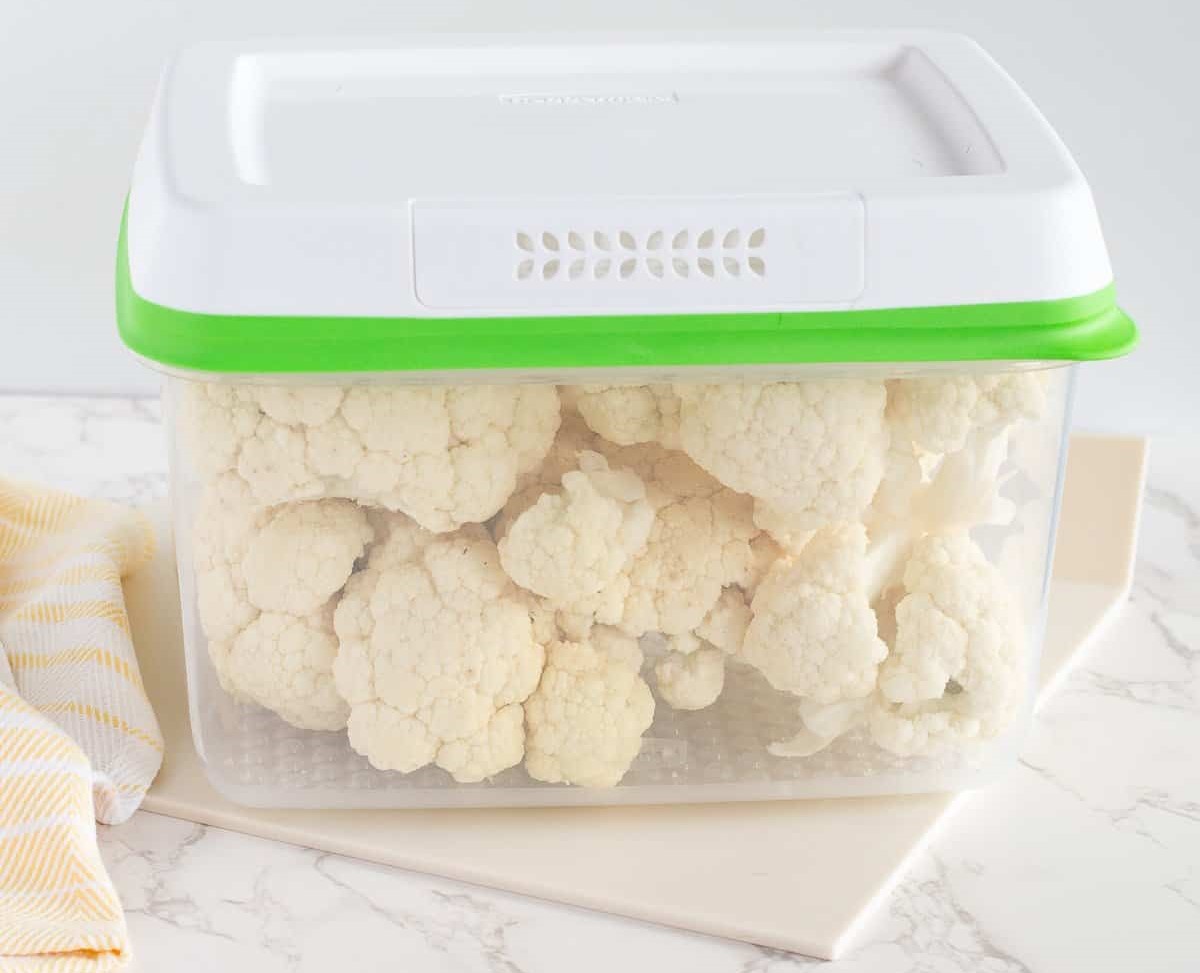
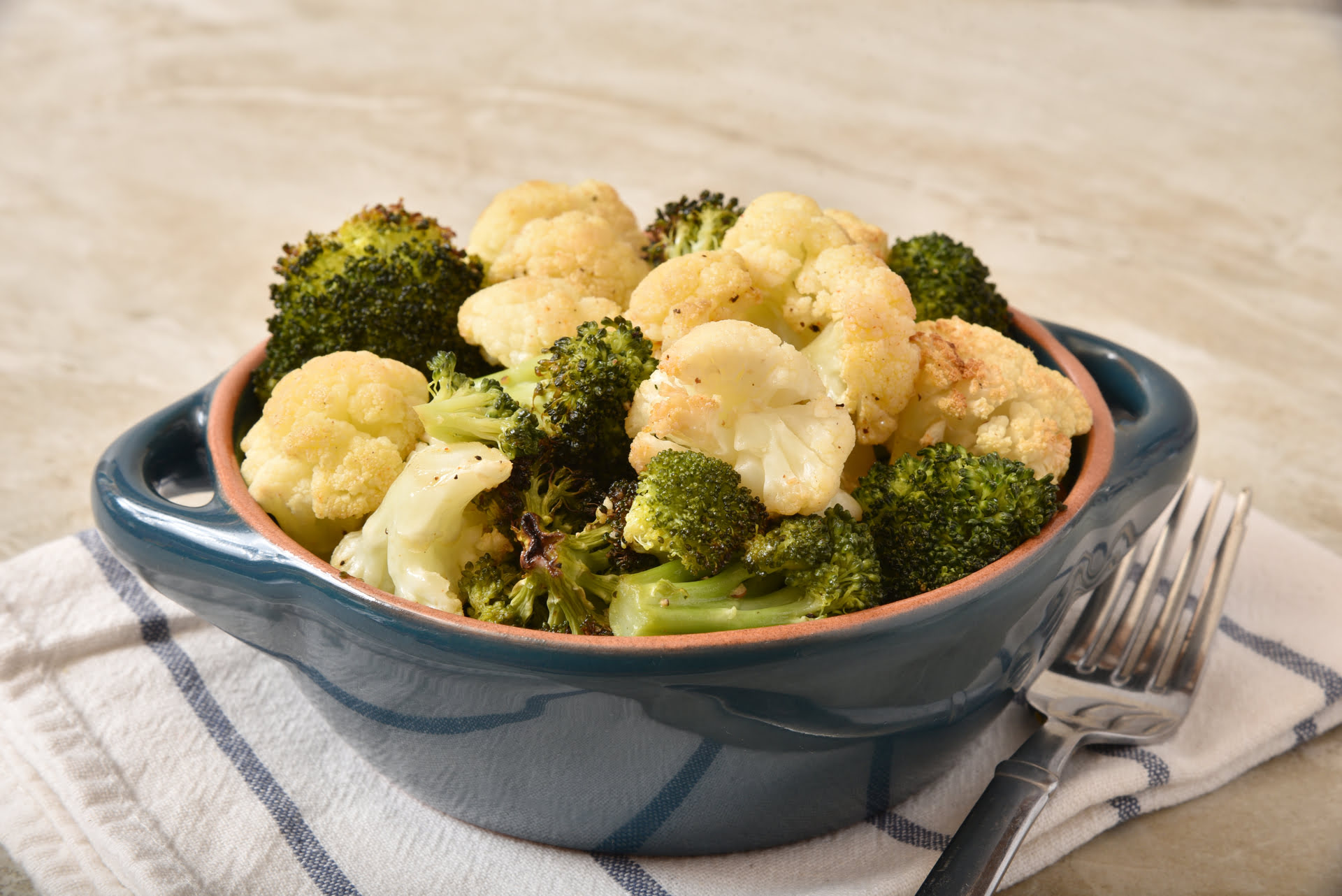
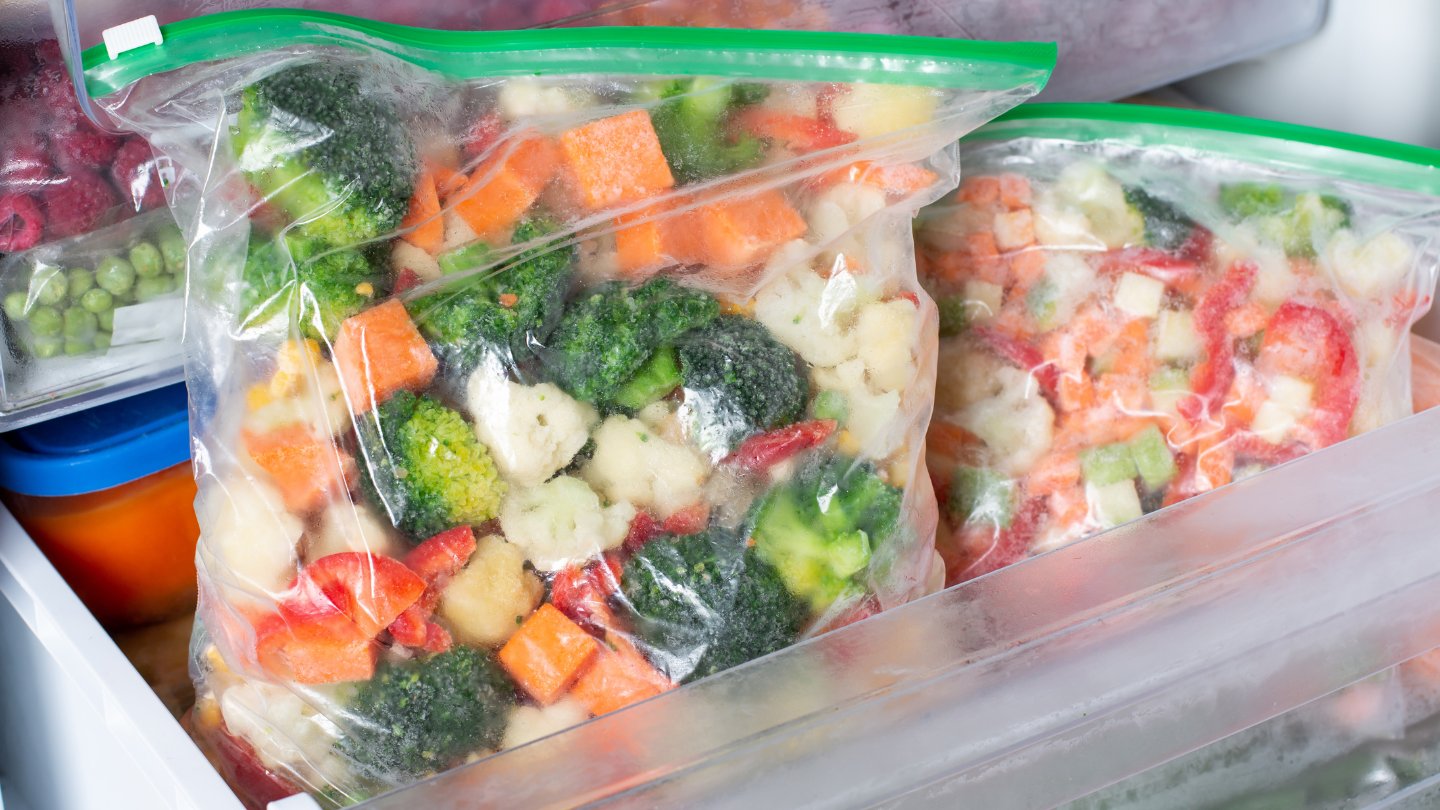
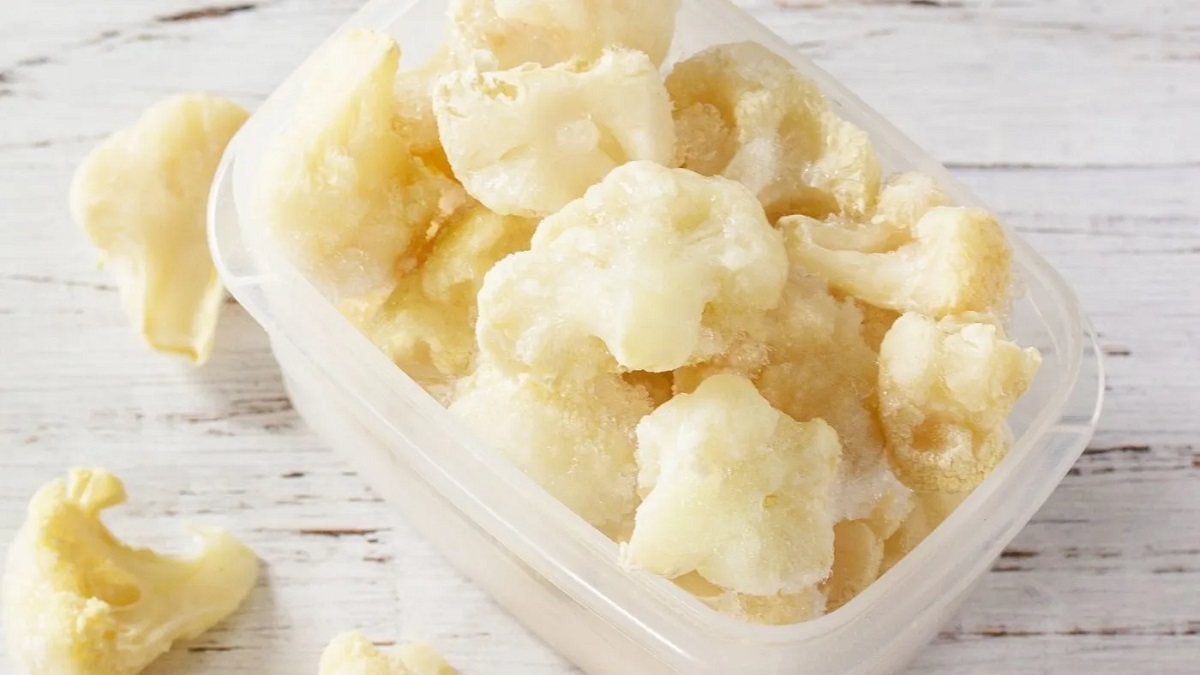
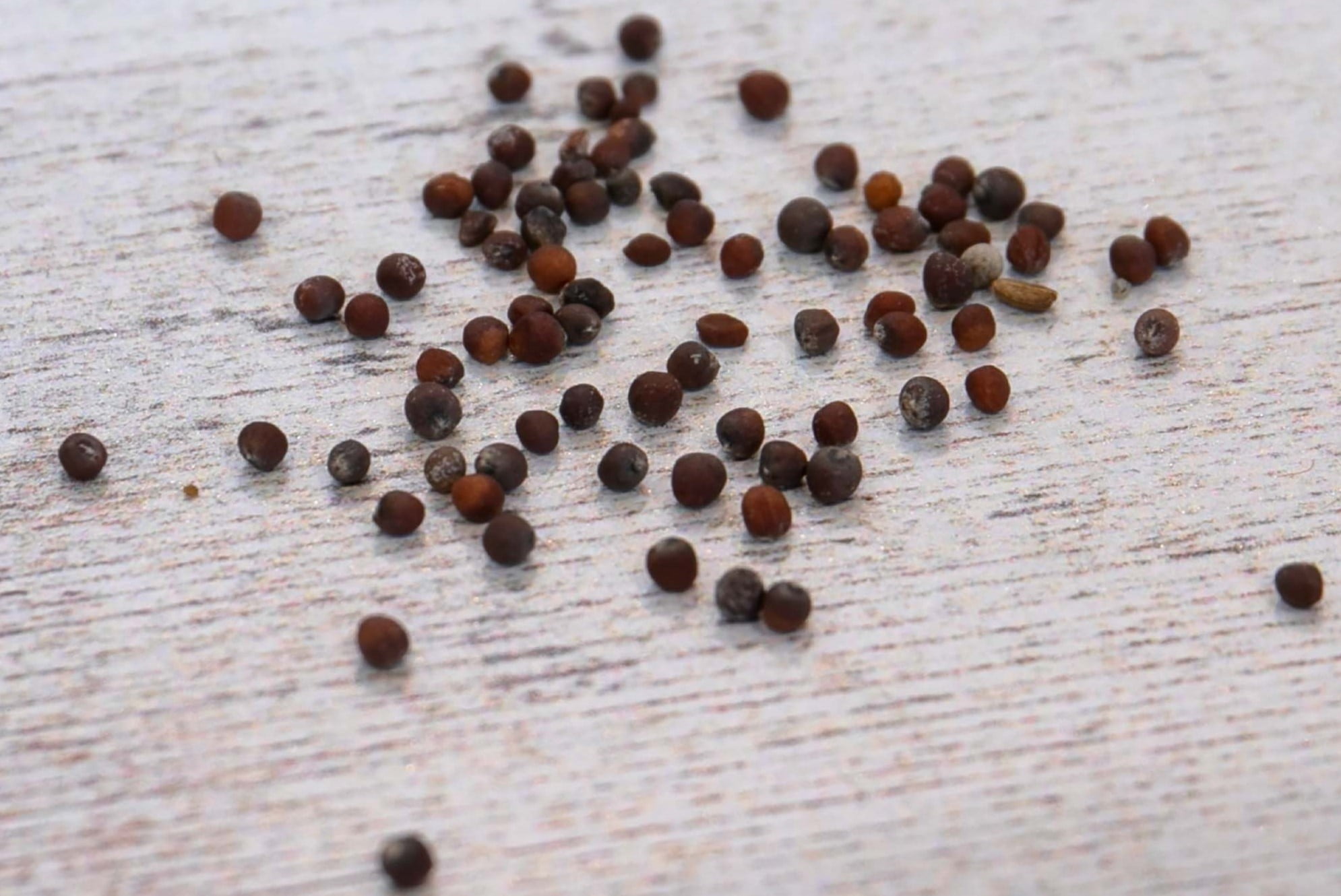
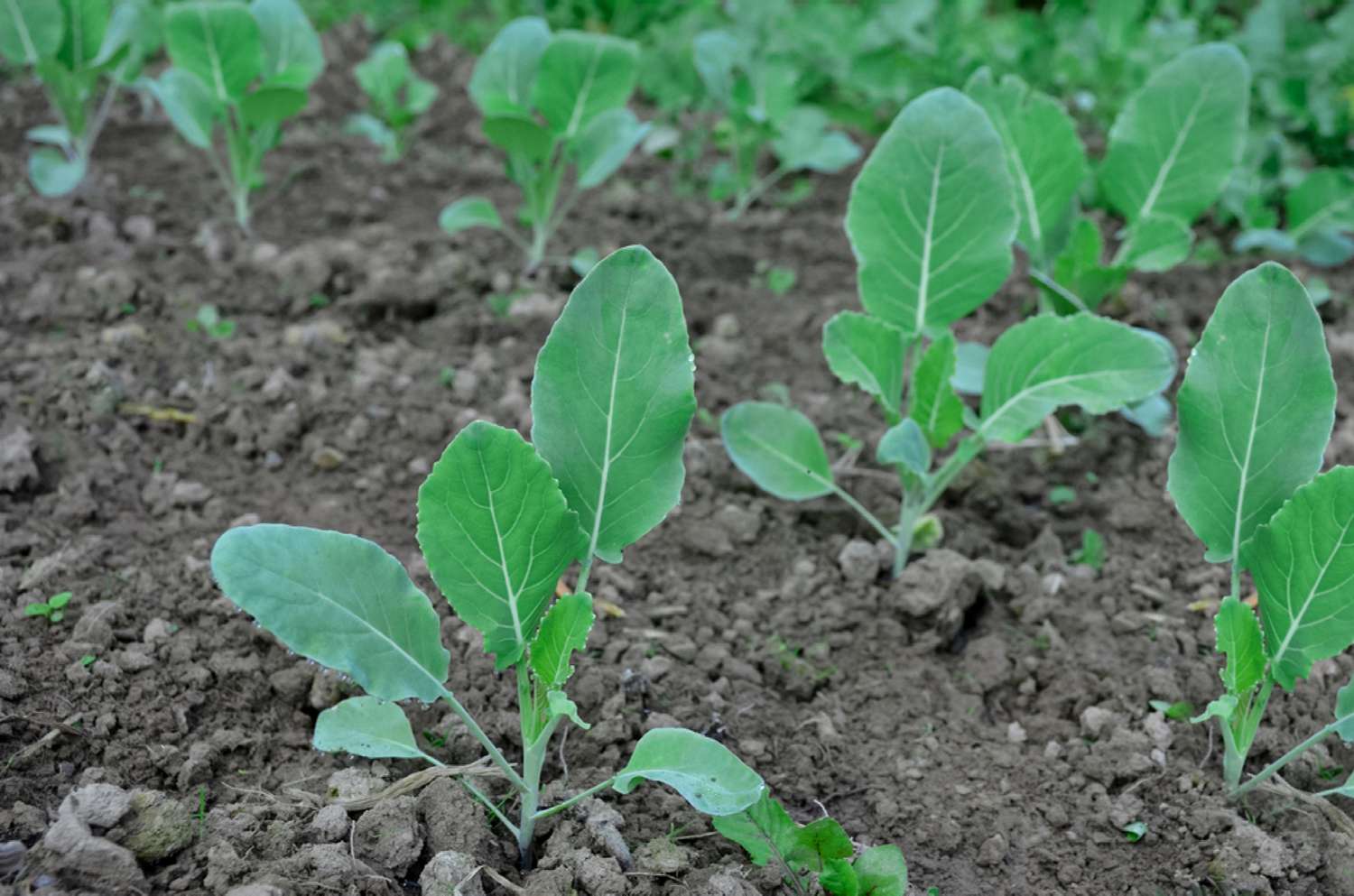
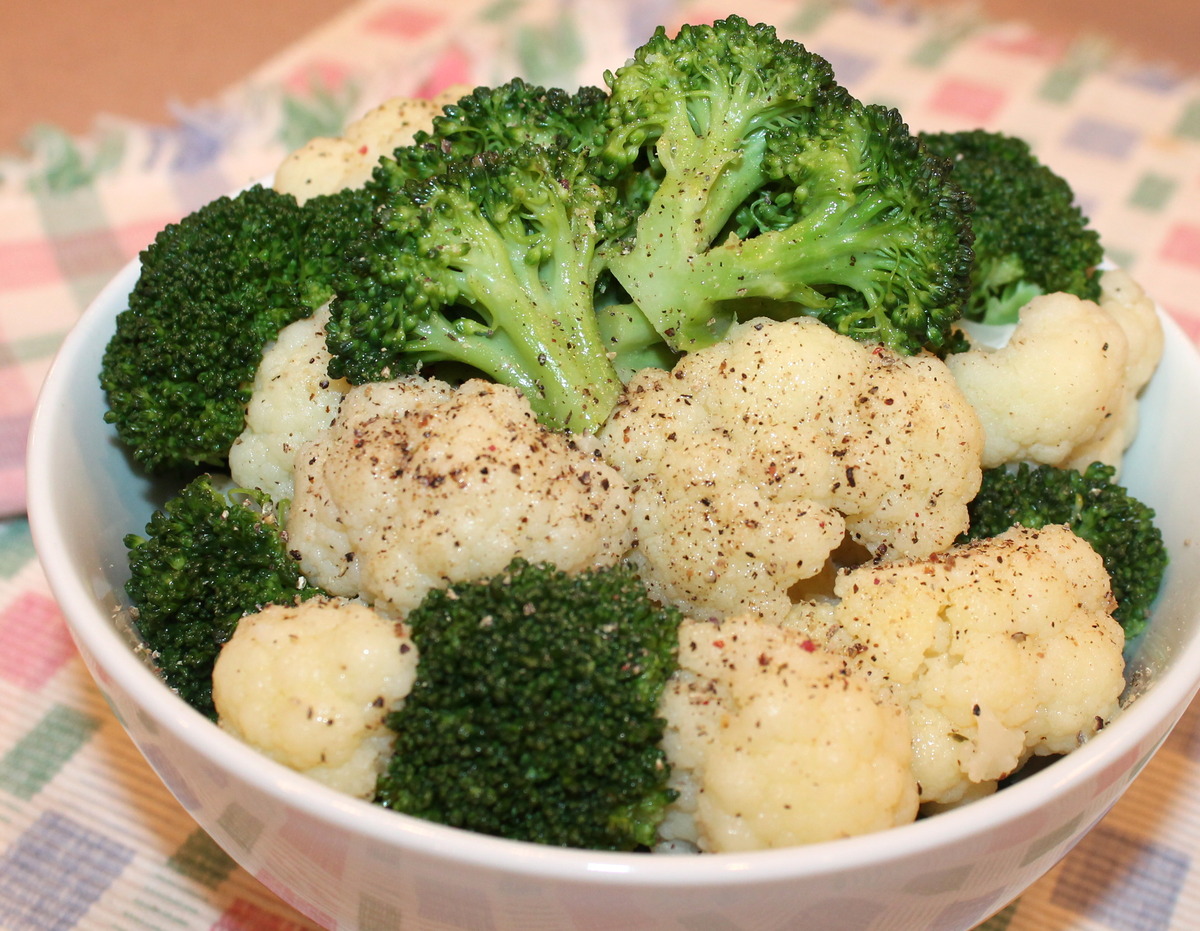
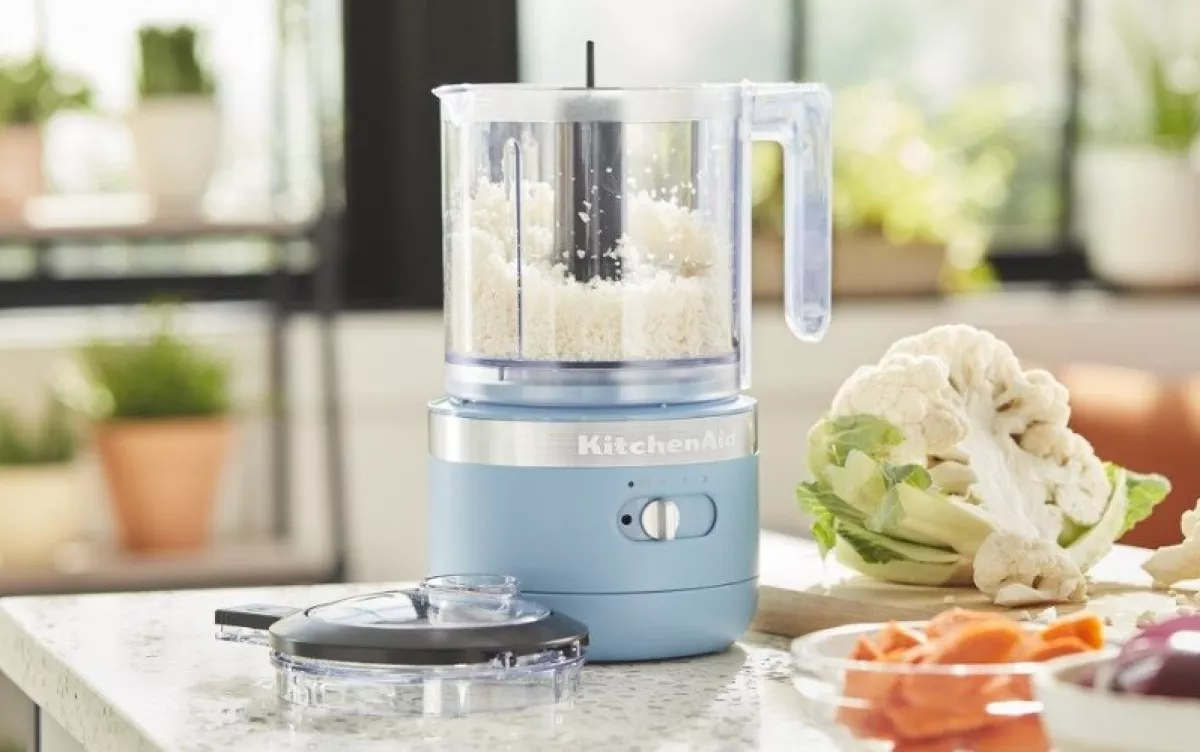
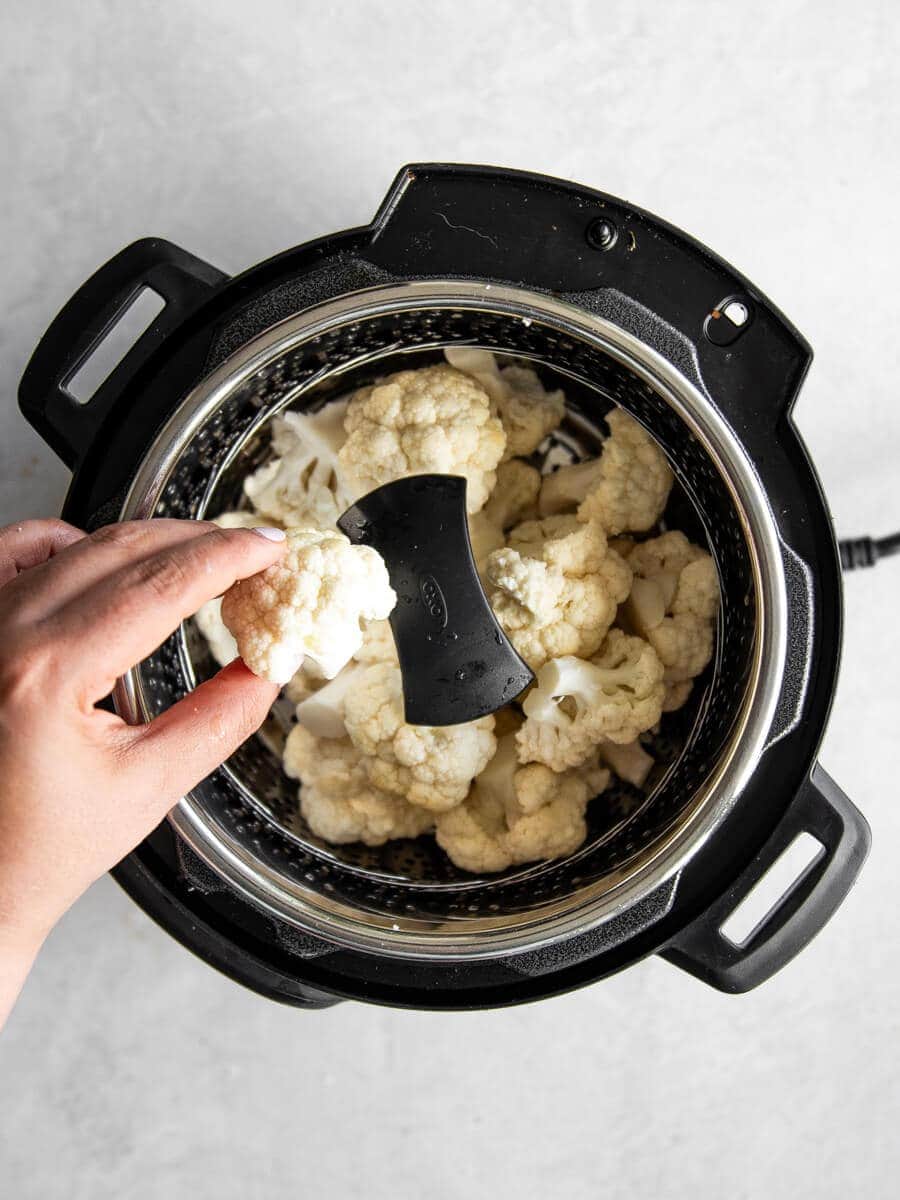
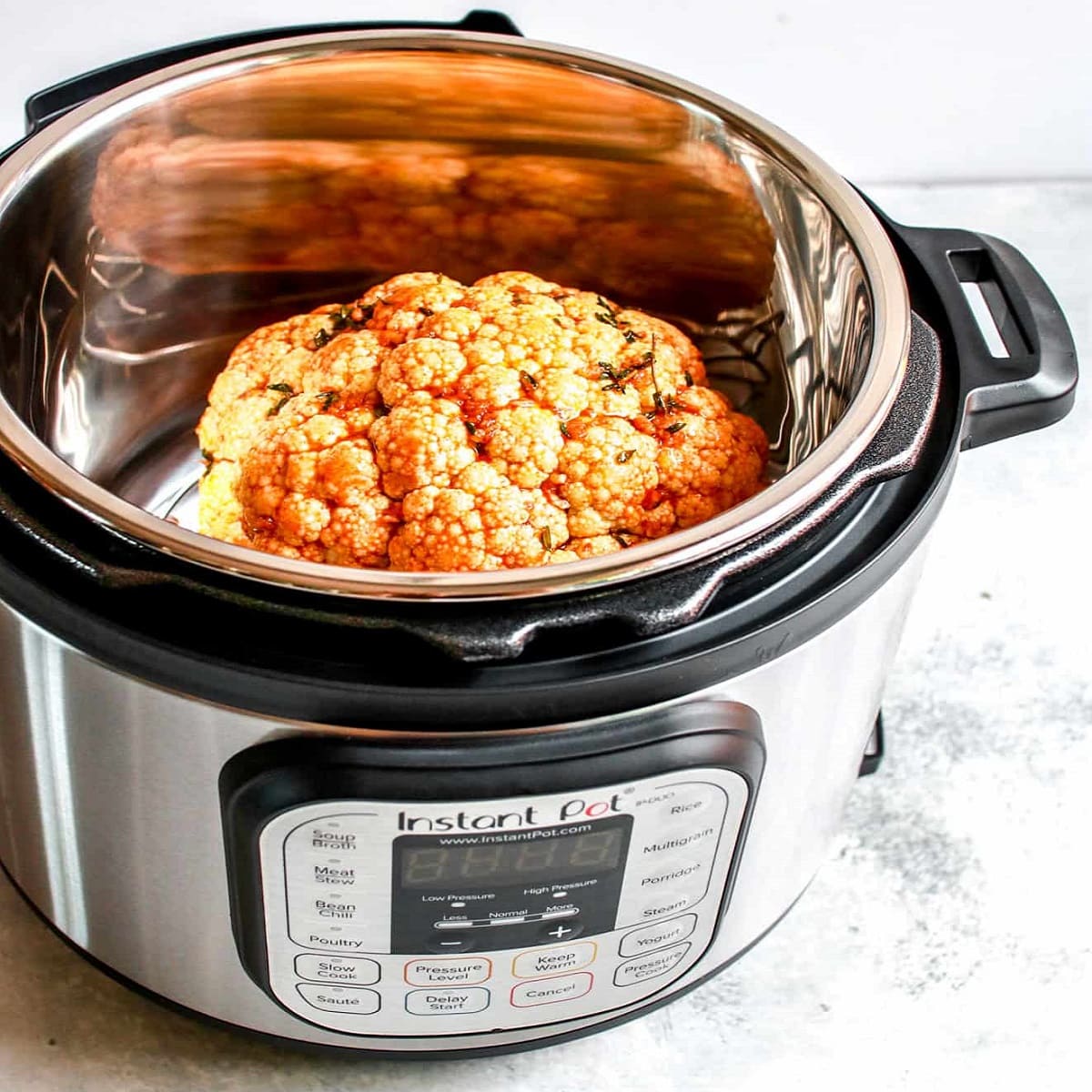

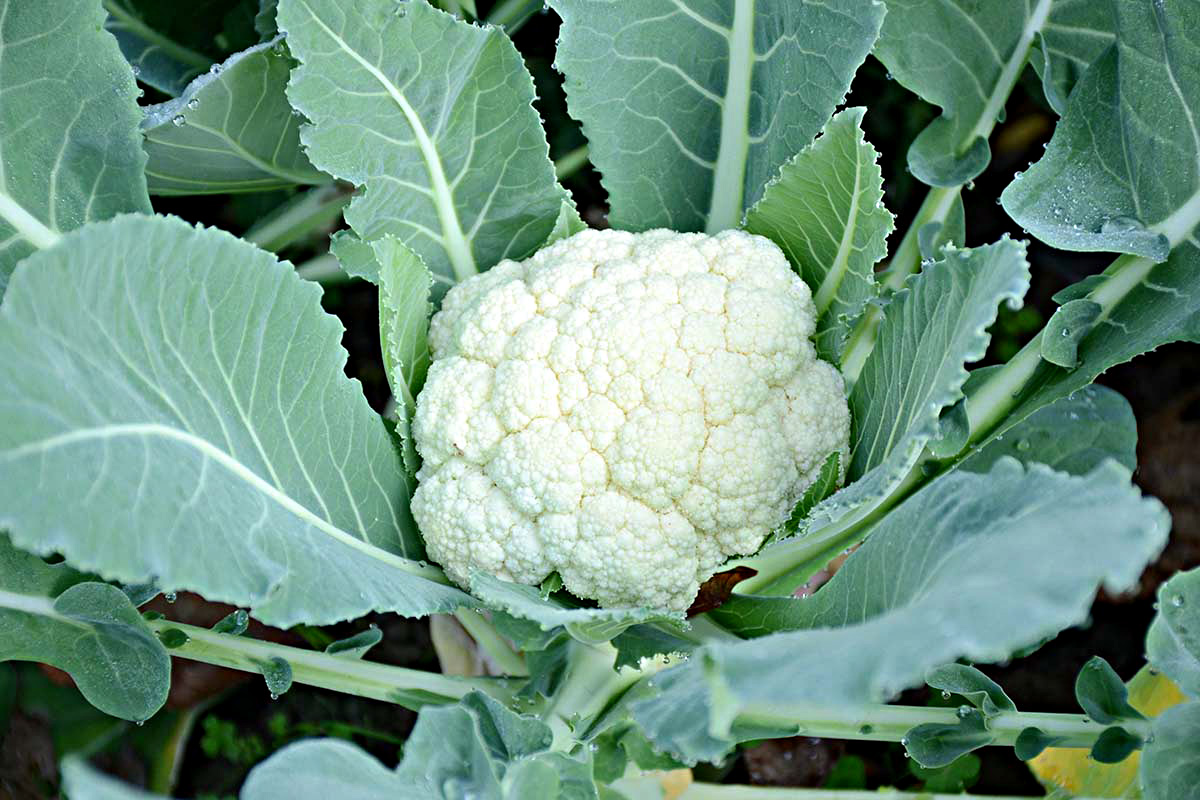
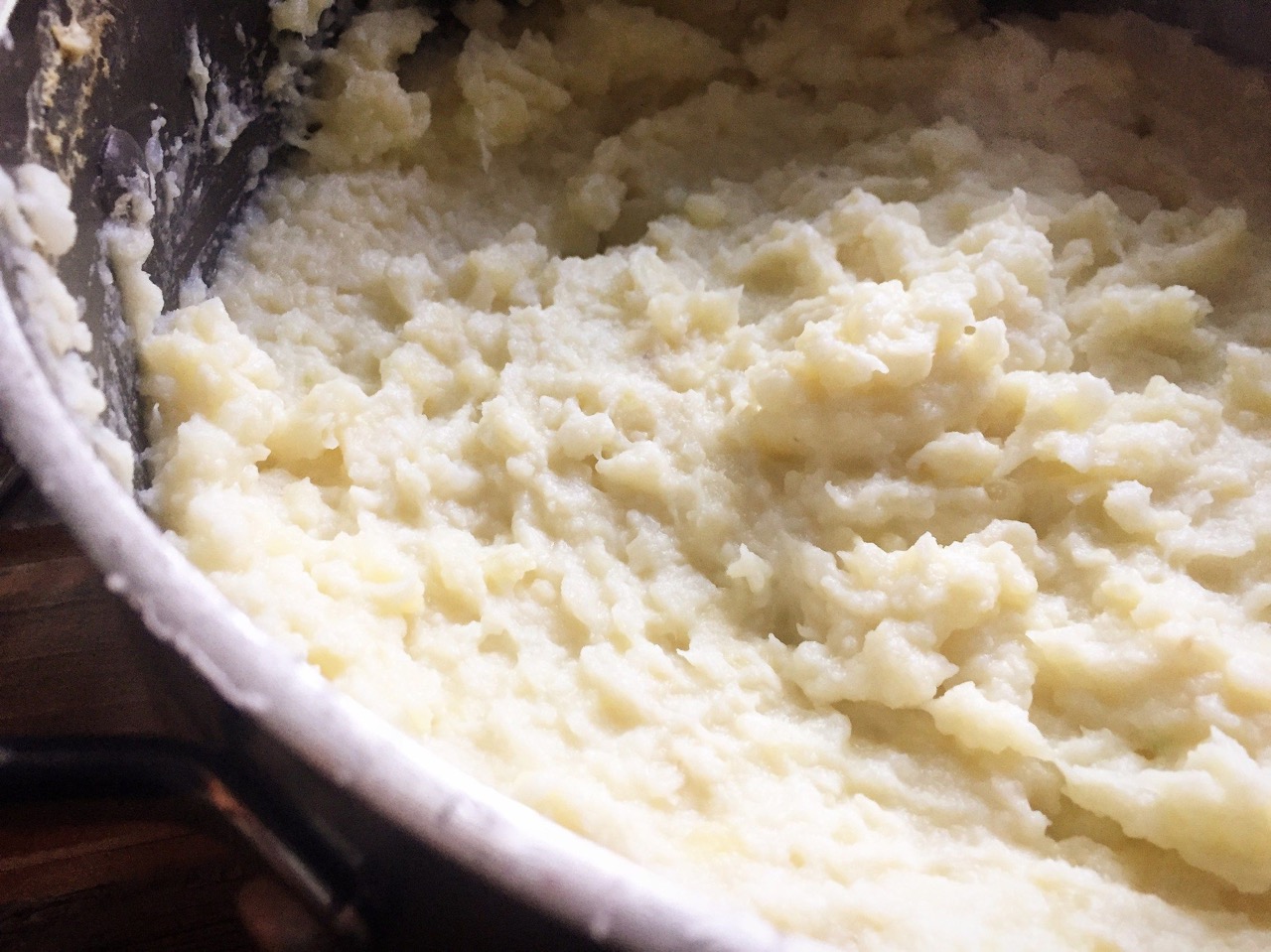
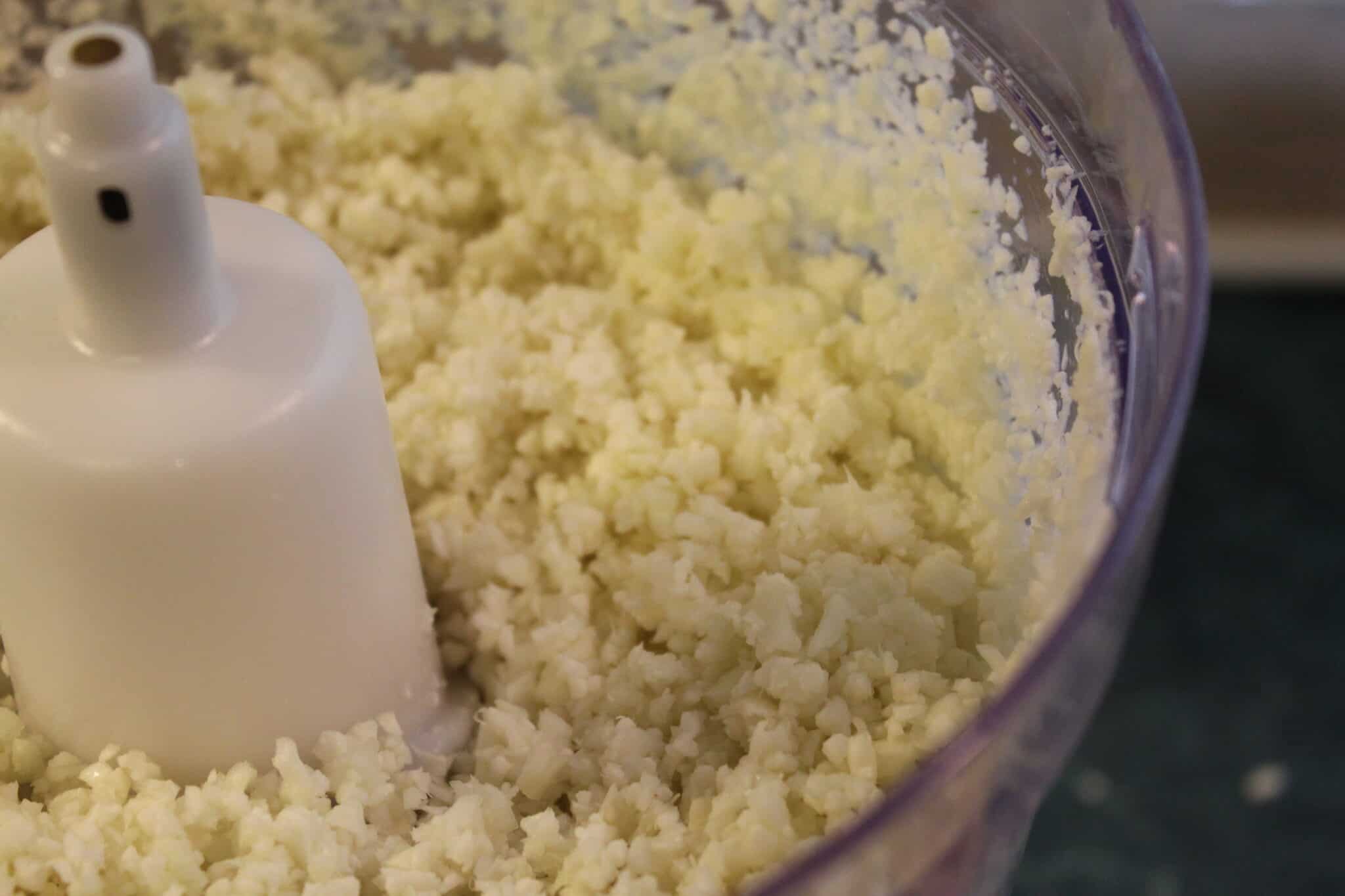

0 thoughts on “How To Store Cauliflower”